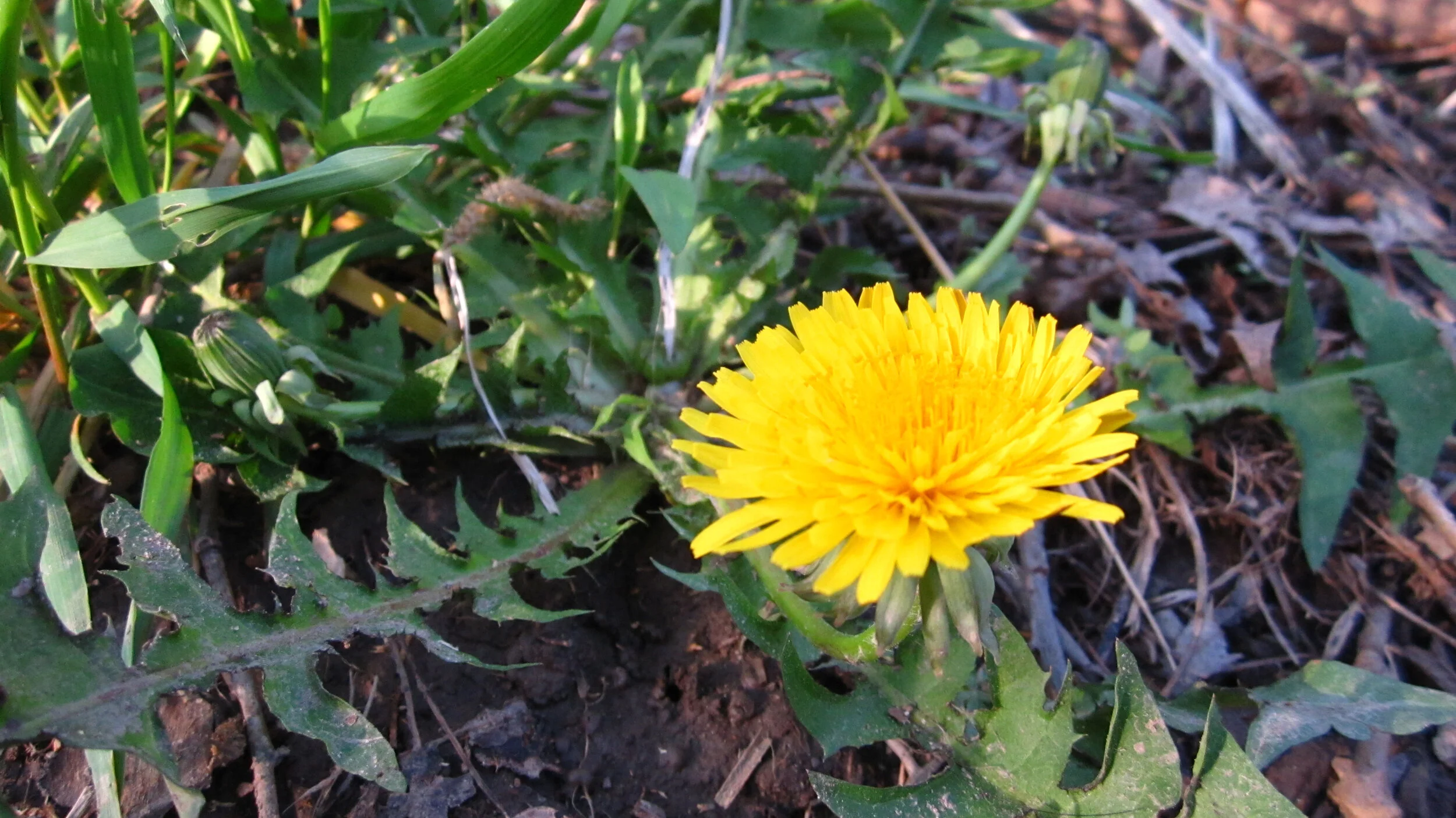Forward: An American Story
Once upon a time, people around the world ate a range of wild plants and mushrooms. Diets were rich in bitter greens, colorful berries, and mildly sweet roots rich in prebiotic compounds--long-chain sugars that feed our gut flora. Thriving and surviving in the wild, these foods are highly nutritious and antioxidant-rich.
Many of these plants were starkly bitter, signaling possible toxicity to the body. Over time, humans adapted with complex bitter receptors, helpful gastrointestinal tract responses, and a huge liver for processing these natural chemicals. Some of the compounds still poisonous to insects and other mammals are now safe for human consumption. The dense nutrient and fiber content of wild plants gave our liver and gut flora the resources needed for effective processing of diverse plant compounds (Mase).
Agriculture and cuisine have strayed from bitter, diverse plant compounds in recent history. In the United States, it’s difficult to find a bitter plant in small-town grocery store--outside of the coffee and beer aisles, that is. Some stores offer bitter greens like endive and radicchio, though I confess that I never consciously encountered these greens (outside of slightly browned bagged salad mixes) until I was in my thirties. Most vegetable farmers are severely underpaid and must grow what the consumer demands. Seed companies sell more of the mildest lettuce and sweetest pepper varieties, so they breed for mildness and sweetness.
The more I learn about many “medicinal” plants, the more I realize that they are just real human food—the food we evolved eating, making our bodies what they are today. A cow in a conventional farming operation is typically fed cheap grain in place of the fresh grass her ruminant stomachs evolved to eat. When the cow gets sick, no one calls grass “medicine.” Grass is what she was built for.
Dandelion (Taraxacum officinalis) a highly nutritious wild food and herb.
The answer should be simple: eat more wild plants. Go to the backyard and pick dandelion and wild mustard greens, violets and burdock root. Cook them up. Problem solved.
Unfortunately, there is a problem with this plan: we don’t know if these foods are safe anymore. Our society has given our livers a different kind of chemical load to take on. While our bodies had centuries or millennia to adjust to plant compounds in our food, new untested chemicals are added to our community’s stew pot faster than our bodies will ever be able to adapt. Perhaps the lawn care company came last month and applied herbicide. Or the grape farm down the road is upwind, and grapes are one of the heaviest sprayed crops. If you live where I live, outside of Buffalo, New York, you live in a band of post-industrial Lake Erie counties with some of the highest cancer rates in the nation. After decades of heavy metal pollution from Lackawanna Steel, or Peter Cooper Glue Factory in Gowanda, who knows if their lawn or local park is safe to nibble from?
I believe that we have the right to know. Access to wild and homegrown plants is an absolute necessity for health—for life, liberty, and the pursuit of happiness.
The problem is that data about soil and plant contamination is difficult to find or non-existent, and testing is often too expensive for the average person to fund. This reflects the values of those in power, who often choose corporate profit at the expense of public health. Leaving the public in the dark around the consequences of corporate pollution keeps resistance at bay.
My intention with this project is to offer WNY home gardeners and wild-harvesters easy access to information we need for a safe and nourishing harvest. Though I am not a soil scientist or chemist, I trust that knowing which questions concern my fellow plant-eaters is the most important qualification.
Never miss an article: Join the Sweet Flag Herbs newsletter to receive an email when a new A Nourishing Harvest article is posted.
Sources:
Carson, Rachel. Silent Spring. 1962.
Mase, Guido. The Wild Medicine Solution: Healing with Aromatic, Bitter, and Tonic Plants. 2013.
